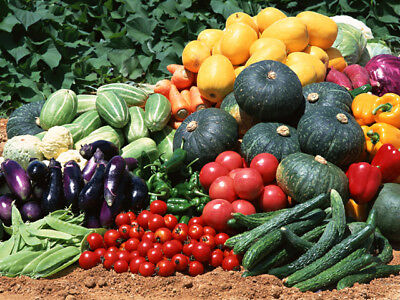-40%
100+ Thai Basil Seeds(Ocimum basilicum)Khmer Chi neang Voang Jiu Ceng Ta USA
$ 1.05
- Description
- Size Guide
Description
100+ Thai Basil Seeds(Ocimum basilicum)Khmer Chi neang Voang Jiu Ceng TaThai basil
(Thai:
โหระพา
, RTGS:
horapha
,ISO:
h
̄
oraphā, pronounced
[hǒ
ː
.rá(
ʔ
).p
ʰ
ā
ː
]
; Khmer:
ជីរនាងវង
,
chi neang voang
; Vietnamese:
húng qu
ế
; in Taiwan:
九層塔
) is a type of basil
native to Southeast Asia
that has been cultivated to provide distinctive traits. Widely used throughout Southeast Asia, its flavor, described as anise-and licorice
-like and slightly spicy, is more stable under high or extended cooking temperatures than that of sweet basil. Thai basil has small, narrow leaves, purple stems, and pink-purple flowers.
Planting
Thai basil is grown like other basils,in full sun and with plenty of water in the summer. It is easy to start from seed after the average last frost when nighttime temperatures stay warm. Although we grow it as an annual, it really is a tender perennial that perishes with our fall frosts. Like other basils, Thai basil can be grown with other plants in large container or by itself in a container or in the ground as an annual.
Harvesting
Limited harvesting of the leaves can start on young plants and as they get larger, individual leaves as well as tips of the plants can be harvested. Pinching the tips of stems encourages a bushy plant and more leaf growth resulting in a round plant full of aromatic basil. Basil flower buds should be removed by pinching as soon as you see them form. Leaving them on the plant will affect the flavor of the leaves.
Use
Thai basil can withstand prolonged cooking heat so the leaves work well with chicken or beef stir-fried dishes. You will also find Thai basil in Pad Thai, Vietnamese Pho,spring rolls,curries,and noodle dishes.










